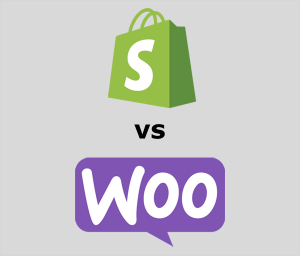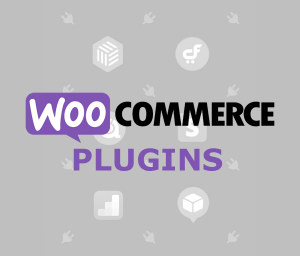Headless WooCommerce
Headless WooCommerce provides a modern, flexible, and performance-oriented approach to building ecommerce platforms, making it a strong choice for businesses looking to enhance their online presence.
Headless WooCommerce is an approach where the front-end and back-end of an ecommerce site are decoupled.
The headless setup offers many advantages.
Performance Improvements
- Faster Load Times
Decoupling the front-end from the back-end allows for optimized front-end technologies (e.g. React, Next.js) that can improve page load times. - Scalability
The ability to scale the front-end and back-end independently means better handling of high traffic.
Enhanced User Experience
- Seamless Interactions
Single Page Applications (SPAs) provide a smoother, app-like experience with faster interactions and transitions. - Personalization
Easier integration with personalization engines and A/B testing tools to tailor the user experience.
Flexibility in Development
- Technology Agnostic
Freedom to use the latest front-end technologies without being tied to the constraints of WooCommerce’s traditional front-end. - Custom Designs
Easier implementation of unique and custom designs that may be challenging with standard WooCommerce themes.
Improved Security
- Reduced Attack Surface
By separating the front-end from the back-end, direct access to the WordPress/WooCommerce back-end is minimized, potentially reducing vulnerabilities. - API Security
With a properly configured API, you can enforce security protocols that further protect the site.
Better Developer Experience
- Modern Development Practices
Developers can use modern frameworks, tools, and practices which can enhance productivity and code quality. - Separation of Concerns
Clear separation between front-end and back-end development allows teams to work more independently and efficiently.
Content Management Flexibility
- Headless CMS Integration
Easy integration with other headless CMS platforms, allowing for better content management and distribution. - Multi-Channel Delivery
Content and products can be pushed to multiple channels (web, mobile apps, IoT devices) from a single back-end.
Future-Proofing
- Easier Upgrades
Updating the front-end or back-end independently can simplify upgrades and maintenance. - Adaptability
The decoupled architecture allows for easier adoption of new technologies as they emerge.



